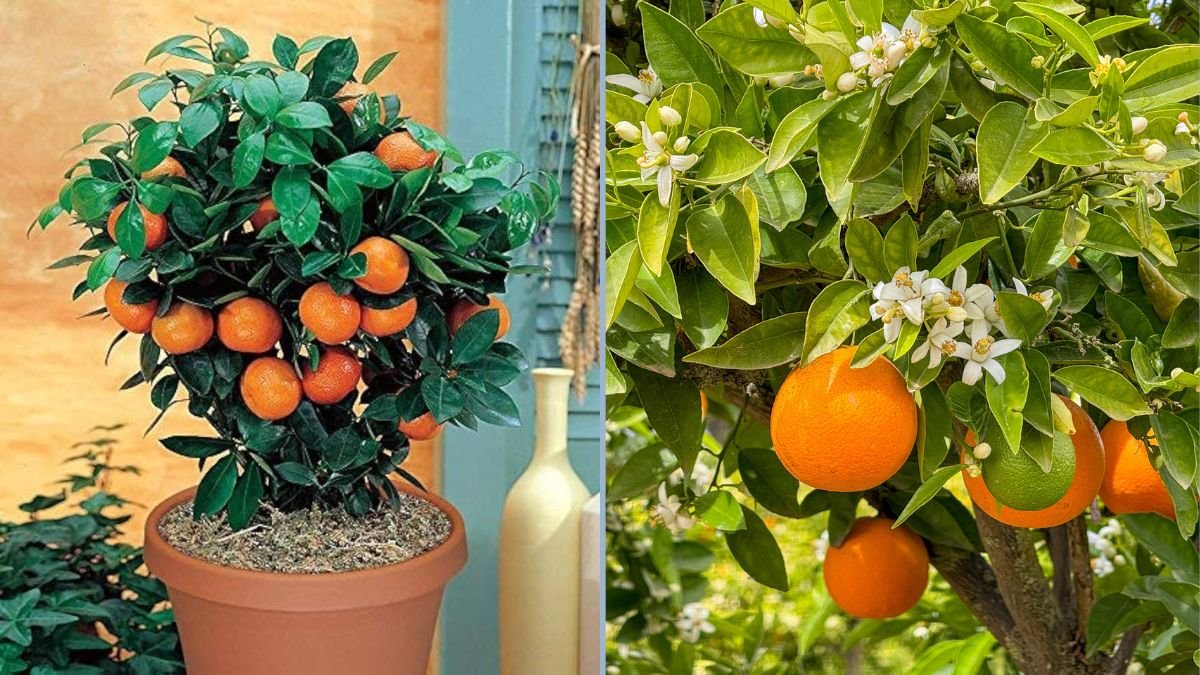Creating a productive and diverse garden is one of the most rewarding experiences for any home grower. Imagine stepping into your backyard and harvesting sweet, seedless Valencia oranges, plump tomatoes, pungent garlic, and vibrant purple asparagus, all from your own soil. Combining fruit trees, vegetables, and perennial crops in one space not only enhances the culinary possibilities but also creates a healthy, sustainable ecosystem in your garden.
In this guide, we’ll explore how to successfully grow seedless Valencia orange trees, garlic, tomatoes, and purple asparagus, offering tips for planting, care, and maximizing your harvest.
Seedless Valencia Orange Trees
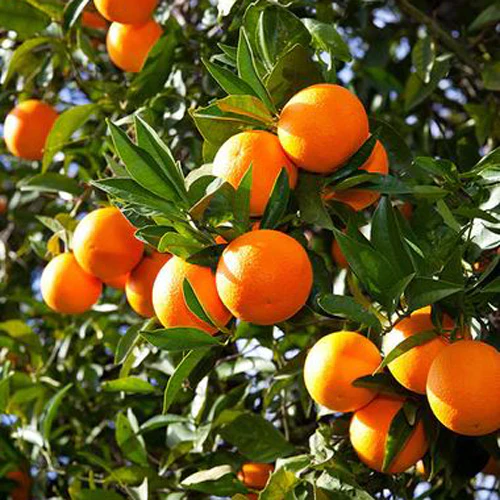
Valencia oranges are among the most popular citrus varieties worldwide. Their sweet flavor, juicy pulp, and seedless nature make them ideal for fresh eating and juicing.
Why Choose Seedless Valencia Oranges?
- Seedless Convenience: Enjoy oranges without the hassle of seeds.
- High Juice Content: Perfect for fresh juice or culinary use.
- Year-Round Appeal: Some trees produce fruit into late spring and summer.
- Compact Growth Options: Dwarf rootstocks make them suitable for small gardens or containers.
Planting and Care
- Location: Choose a sunny spot with at least 6–8 hours of direct sunlight daily.
- Soil: Well-draining, loamy soil with a pH of 6–7 is ideal.
- Planting: Dig a hole slightly larger than the root ball. Mix in compost for nutrients. Place the tree upright and backfill gently.
- Watering: Water regularly, keeping soil moist but not waterlogged. Reduce watering slightly during fruit ripening for better flavor.
- Fertilization: Use citrus-specific fertilizer three to four times per year to encourage healthy growth and fruit production.
- Pruning: Remove dead or crossing branches and maintain shape. Minimal pruning is needed for fruit production.
Valencia oranges are long-lived and resilient. With proper care, they can provide years of delicious, seedless fruit.
Growing Garlic
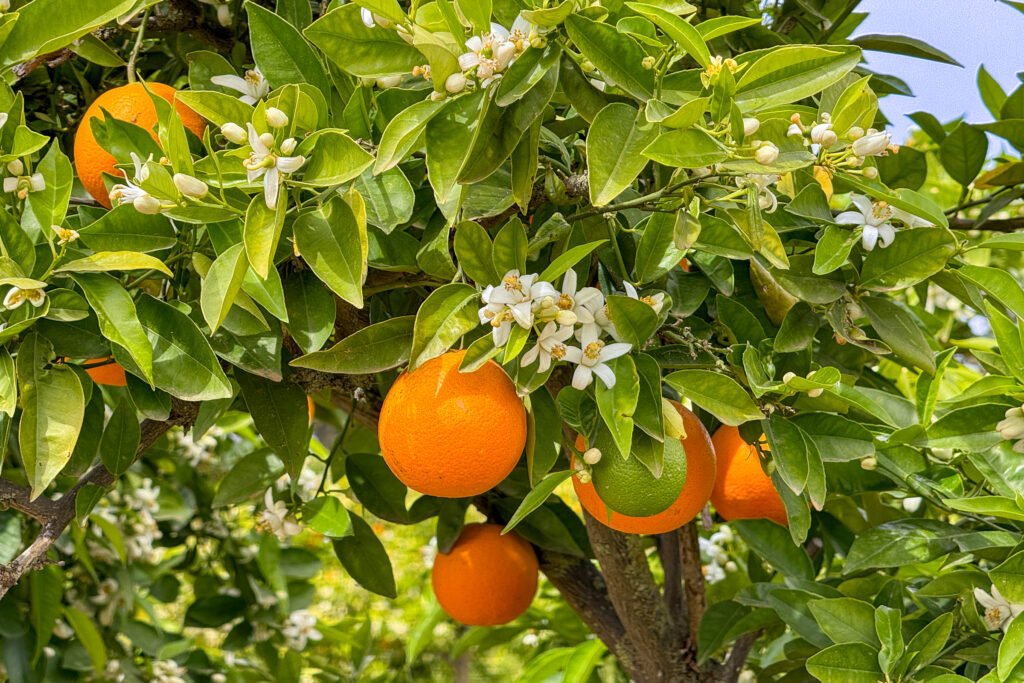
Garlic is one of the easiest crops to grow and is a staple ingredient in kitchens worldwide. It thrives in both small garden beds and container setups.
Planting Garlic
- Timing: Plant garlic cloves in the fall for a summer harvest, or in early spring in milder climates.
- Preparation: Separate cloves from the bulb, leaving the papery skin intact.
- Soil: Rich, loose, well-draining soil is best.
- Planting Depth: Plant cloves 2 inches deep, pointed end up, and 4–6 inches apart.
- Sunlight: Garlic needs full sun for optimal growth.
Care and Maintenance
- Watering: Keep soil consistently moist, especially during bulb formation.
- Mulching: Mulch helps retain moisture and suppress weeds.
- Fertilization: Apply a balanced fertilizer at planting and again in early spring.
Harvesting
- Garlic is ready when leaves turn brown and begin to dry.
- Carefully lift bulbs from the soil and cure them for several weeks in a cool, dry place.
Homegrown garlic offers a robust flavor far superior to most store-bought options.
Tomatoes: Juicy and Flavorful
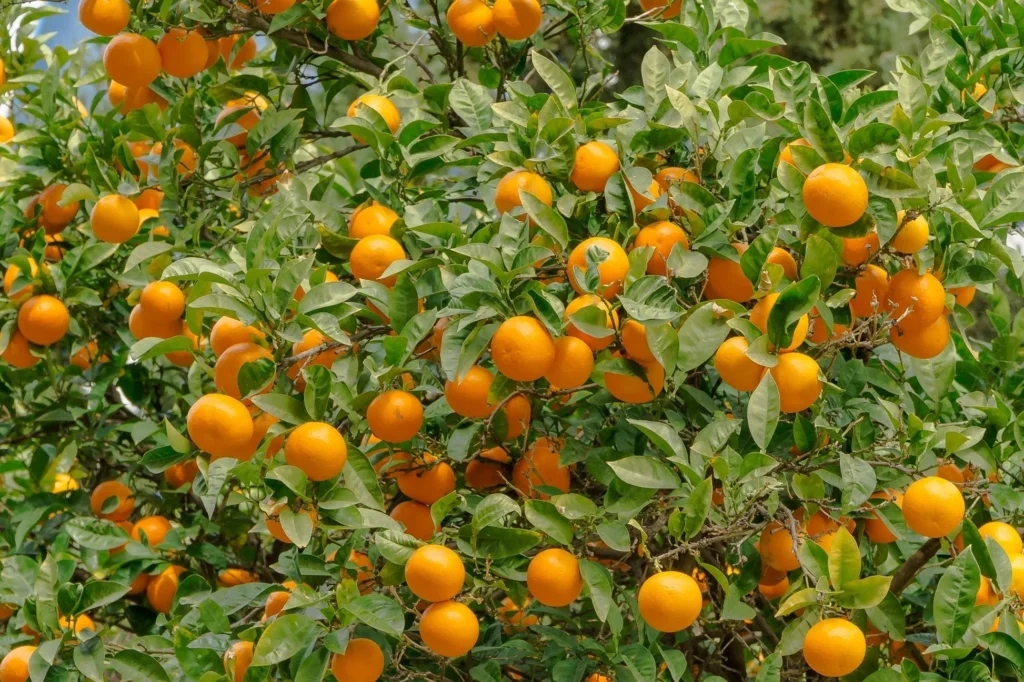
Tomatoes are a garden favorite, and growing your own allows for peak ripeness, superior taste, and variety selection.
Choosing Varieties
- Heirloom or hybrid varieties can be chosen based on flavor, size, and growth habit.
- Consider disease-resistant options if your garden is prone to fungal or bacterial issues.
Planting Tomatoes
- Timing: Plant after the last frost date.
- Spacing: Space plants 18–36 inches apart, depending on variety.
- Soil: Rich, loamy soil with good drainage. Adding compost or aged manure enhances fertility.
- Support: Use stakes, cages, or trellises to keep vines upright and maximize air circulation.
Care Tips
- Watering: Tomatoes need consistent, deep watering, ideally at the soil level to prevent leaf diseases.
- Fertilization: Feed with high-phosphorus fertilizer during flowering to encourage fruit set.
- Pruning: Remove suckers and lower leaves to reduce disease risk and focus energy on fruit production.
Harvesting
- Pick tomatoes when they are fully colored and slightly soft to the touch.
- Regular harvesting encourages continuous fruiting throughout the season.
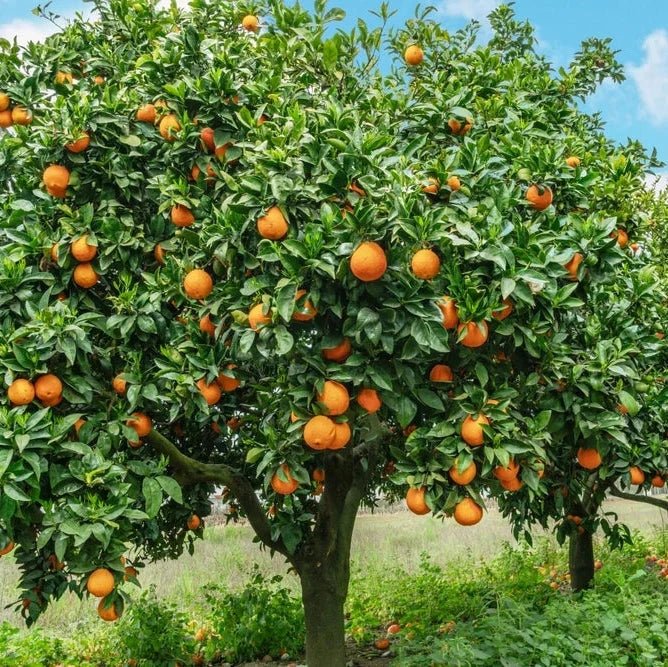
Fresh homegrown tomatoes have a flavor far superior to supermarket varieties, enhancing salads, sauces, and salsas.
Purple Asparagus: A Colorful Addition
Purple asparagus is not only nutritious but also adds visual appeal to any garden or meal. Its sweet, tender stalks are a delight to eat and a conversation starter at the dinner table.
Planting Purple Asparagus
- Site: Choose a sunny spot with well-draining soil.
- Soil Preparation: Incorporate plenty of compost and organic matter to support perennial growth.
- Spacing: Plant crowns 12–18 inches apart, with rows 4–5 feet apart for ease of harvesting.
- Depth: Dig a trench 6–8 inches deep, placing crowns with roots spread out and covering lightly with soil.
Care and Maintenance
- Watering: Keep soil consistently moist during establishment and the growing season.
- Fertilization: Apply a balanced fertilizer in spring to support new growth.
- Mulching: Retains moisture and keeps weeds down.
Harvesting
- Do not harvest in the first year to allow crowns to establish.
- In the second year, harvest spears when they are 6–8 inches tall.
- Cut or snap spears at ground level for best flavor.
Purple asparagus is naturally sweet and tender, and its color fades slightly when cooked, but it remains nutritious and delicious.
Combining Crops for a Productive Garden
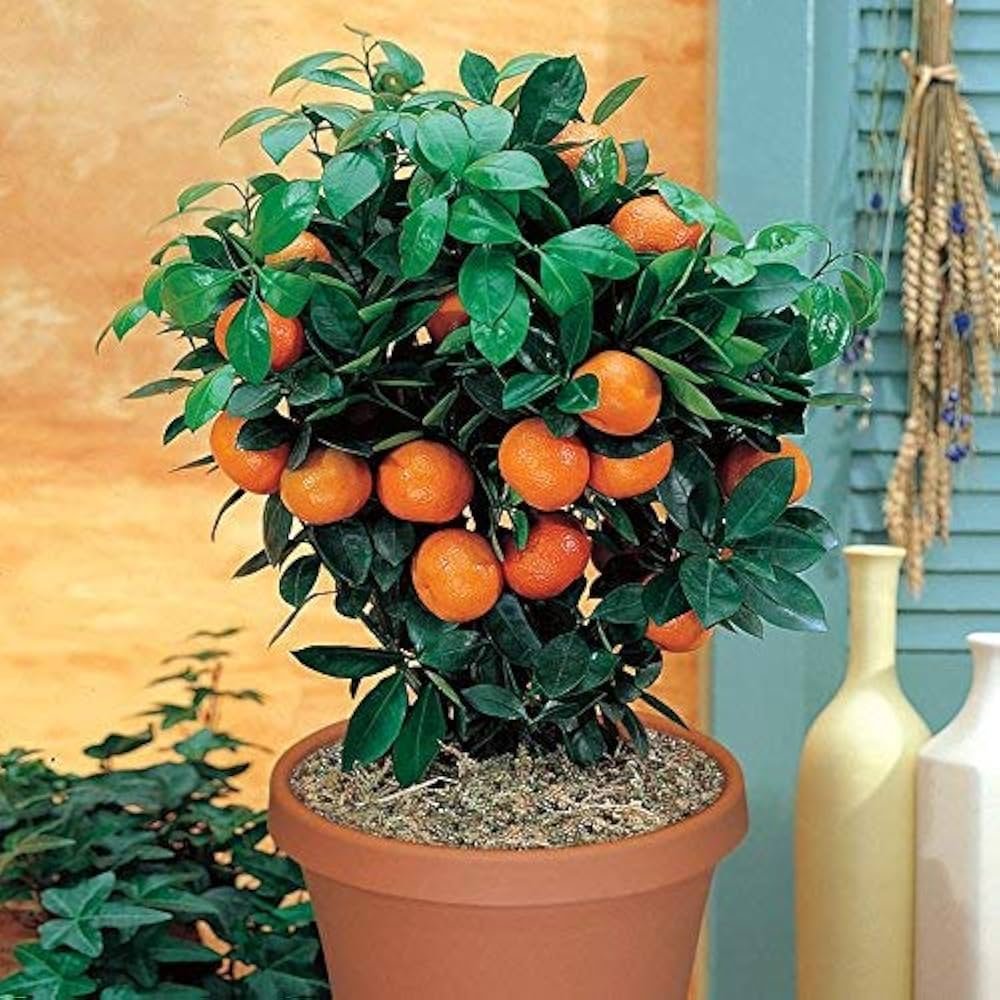
Growing seedless Valencia oranges, garlic, tomatoes, and purple asparagus together offers multiple advantages:
- Year-Round Harvest: Citrus trees, garlic, tomatoes, and asparagus have different growing cycles, ensuring fresh produce throughout the year.
- Diverse Nutrition: Combining fruits, vegetables, and perennial crops provides a balanced range of vitamins and minerals.
- Garden Efficiency: Companion planting principles can enhance soil health, pest control, and biodiversity.
- Visual Appeal: The contrast of green citrus leaves, bright tomatoes, purple asparagus, and earthy garlic creates a beautiful garden scene.
By planning your garden layout carefully, you can maximize both yield and aesthetics.
Tips for Success
- Sunlight is Key: Most of these crops thrive in full sun.
- Soil Health: Regularly amend soil with organic matter and compost for optimal growth.
- Consistent Watering: Keep soil moist but avoid overwatering, especially for citrus and garlic.
- Pest and Disease Management: Monitor crops regularly for pests and signs of disease.
- Crop Rotation: Rotate annual crops like garlic and tomatoes to prevent soil-borne diseases.
- Mulching: Mulch conserves water, improves soil, and reduces weeds.
- Patience with Perennials: Asparagus and citrus require time to establish but reward you with years of harvests.
Conclusion
Growing a garden with seedless Valencia oranges, garlic, tomatoes, and purple asparagus offers abundant flavor, variety, and visual appeal. Each plant brings its own unique benefits: citrus for sweet, juicy fruits; garlic for culinary punch; tomatoes for fresh summer flavor; and purple asparagus for colorful, nutritious spears.
By understanding the needs of each crop—soil, sunlight, watering, fertilization, and harvest timing—you can enjoy a productive and rewarding garden. A well-planned garden not only feeds your family but also provides a satisfying connection to nature and the joys of growing your own food.
With a combination of patience, care, and knowledge, your garden can yield a rich bounty that keeps your kitchen stocked with fresh, flavorful ingredients year-round.
Growing these crops together transforms your backyard into a garden of flavor, color, and health, showing that thoughtful planning can maximize space, productivity, and enjoyment.
